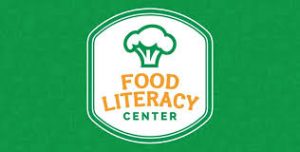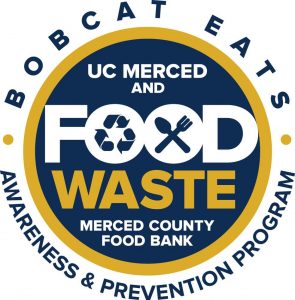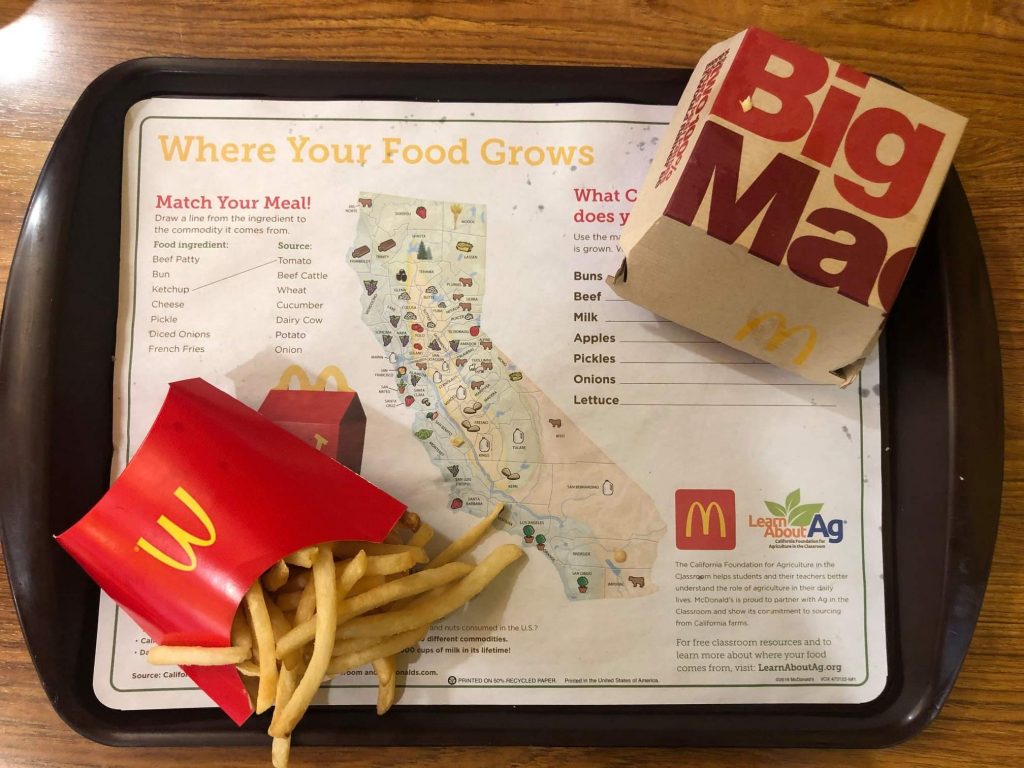Three Collaborative Food & Ag Programs Farmers Need to Know About
By Victor Martino
California has become a majority urban-suburban state. According to government census data, the state’s population has grown from 23.7 million in 1980 to more than 39 million today, an increase of 65%. The vast majority of these folks live in urban and suburban areas. California’s rural population — where the crops are grown, milk is produced, and the animals for meat are raised — represents less than 10% of the state’s total population.
The urbanization and suburbanization of California has resulted today in an increased detachment by the average Californian in farming and agriculture. For example, when asked where the food they’re eating comes from, city kids — and even some adults — have been known to answer, “From the supermarket?”
This detachment from where our food is grown is hurting California’s food and ag producers because few folks spend time on the farm or visit a food processing facility. Instead, their closest experience to where our food comes from is when they visit the grocery store or eat in a restaurant.
One important way to reverse this knowledge and experience gap among urban and suburban — and even some rural — residents is education through collaborative efforts involving farmers, food-makers, retailers, restaurants and other key stakeholders in food and farming in the Golden State.
This increased awareness of where our food comes from also needs to include what happens to our food once we buy it. Food waste is a serious issue in the U.S., including here in California. And over 40% (the majority) of all the food wasted in America happens at home. Part of the reason people waste so much food is because they have little knowledge of the efforts required to produce it, move it along the supply chain, and get it on grocery store shelves and restaurant plates.
Fortunately, three groups in California are working hard in collaboration with farmers, food-makers, retailers and restaurants to increase consumers’ knowledge about where our food comes from and how important it is not to waste it.
Food and Ag education on a tray
If you’ve been to a McDonald’s fast-food restaurant in California this year you might have seen the newest collaborative project from the California Foundation For Agriculture in the Classroom (CFAITC), which is a tray liner that features activities that help customers learn where the food items that comprise their McDonald’s meal comes from. The tray-liner features what the group and its partners call a “Match Your Meal” activity or game, which has eaters (who then also become readers) match ingredients in their meal to the commodity it comes from. Another activity encourages people to use a map of California to identify a county that grows ingredients for McDonald’s food items such as beef, onions, lettuce and tomatoes. The tray-liner also includes fun facts about food, such as, “Americans consume an average of 30 pounds of lettuce per year.”
A team from Sacramento, California-based grocery chain Raley’s helped the CFAITC develope the tray liner free of charge. McDonald’s so far has printed and distributed 100,000 tray liners to about 100 of its stores in the north part of the, according to CFAITC executive director Judy Culberson. CFAITC hopes to extend the reach of the tray liner to the Bay Area and Southern California, if it can get additional resources, according to Culberson.
The non-profit organization dedicated to educating Californians about farming is also working on developing a lesson plan that builds on the concepts of the tray liner and goes even deeper into how and where food is grown and livestock raised on California farms and ranches. The lesson plan will be used by teachers and by McDonald’s franchise owners who will make presentations to school classrooms.
This program could use more participation by farmers, who need to collaborate more with non-profit groups like CFAITC, along with grocers and restaurants, to better tell their story and to increase awareness among the public about California agriculture.
You can learn more about CFAITC and its collaborative efforts at: learnaboutag.org

Food and farm literacy with taste
Seven years ago Amber Stott, a devotee of all things food, started Sacramento’s Food Literacy Center, which operates out of a small rental house on Third Avenue in Sacramento but will soon have a new home at Leataata Floyd Elementary School in the city, with a simple but difficult mission, to educate the public about food, where it comes from, and how to eat healthier.
According to Stott, the center’s primary mission is to inspire and educate kids to eat their vegetables. One way the center does this is by offering hands-on cooking and nutrition classes for students, particularly those from lower-income households, according to Stott. Part of this process includes coming up with creative ways to teach children how to taste new vegetables, particularly those grown by farmers in California.
The center also works in other ways to help individuals of all ages to improve their knowledge, attitude and behavior towards whole foods, which include fruits, vegetables, nuts and other fresh produce grown in California. These efforts include educating people about how and where these foods are grown.
The Food Literacy welcomes farmers to get involved in its collaborative efforts and its primary mission to teach children about food, healthy eating and farming.
“When kids are taught healthy food choices early, they’re more likely to grow up to be health-conscious adults, and importantly they’ll help their parents, teachers and communities to become healthier, too,” Stott says.
Next up for the Food Literacy Center is its new center, which will include a cooking school and a 2.5 acre farm, which will serve as a student and community demonstration farm or garden.
The new center will allow the organization to expand its collaborative efforts with food companies, restaurants, retailers and farmers, and to offer things like cooking and nutrition classes community-wide, small-farm instruction and community-wide cooking classes.
The center is looking for additional collaborators and sponsors. This is a great opportunity for farming operations to get involved because the better educated the public is on where their food comes from, the more support we will see for California agriculture.
Additionally, the center’s mission of educating children about food, farming and making healthier food choices is something farmers should want to embrace and support for a variety of reasons, including the most simple reason of all, which is that children are not only our future, but they’re future of farming as well. Vegetable farmers particularly should get involved because the center works daily to inspire children to eat more vegetables.
Learn about the Food Literacy Center and its collaborative efforts and work at: www.foodliteracycenter.org

No food left behind with Bobcat Eats
The Bobcat Eats (the Bobcat is the University’s mascot) Food Waste Awareness and Prevention Program is a partnership between UC Merced, the newest university in the UC system, and the Merced County Food Bank.
The program was developed in May 2018 with the goals of reducing food waste and reducing hunger in the county, according to its director, Erin Meyer
“The program evolved and grew into doing more food rescues at sites around the area and created many new partnerships with organizations to help distribute surplus food. Since launching, more than one million pounds of food has been diverted from the landfill and instead redirected to people’s plates where it fed many people in need,” Meyer says.
The program is a collaboration between the University, the county food bank, grocery retailers, food processors, packers, shippers, farmers and others. It’s goal is to save perfectly good food from being dumped in the landfill, reduce food waste throughout the farm-to-home food chain and help provide needed food for people experiencing food insecurity.
Meyer and her team are currently growing their partnerships and collaborative efforts and in particular would like to get more farmers involved. Los Banos-based Bowles Farming, one of the largest and most-diverse farming operations in the U.S., is currently a major collaborator with the program. Bowles donates a wide variety of crops to Bobcat Eats and provides other services as a farmer-collaborator.
Food waste is a major issue in America. USDA’s Economic Research Service estimates that nearly 40% of the food supply goes to waste from the farm to our homes.
Programs like Bobcat Eats are starting to reduce this percentage but there are miles and miles to go. Farmers are the least represented among the program’s collaborators, according to Meyer, and she wants to add more growers and packers to the partnership.
The program offers free waste audits and works with its partners, including farmers, to provide free surplus food pick ups. Collaborators are eligible for tax deductions and they’re protected under the Bill Emerson Good Samaritan Food Donation Act, according to Meyer.
Those interested in learning more can contact Erin Meyer at: [email protected] or (209) 205-8102. You can also learn more about the program at: @BobcatEatsFoodWasteProgram on Facebook.
By Victor Martino








